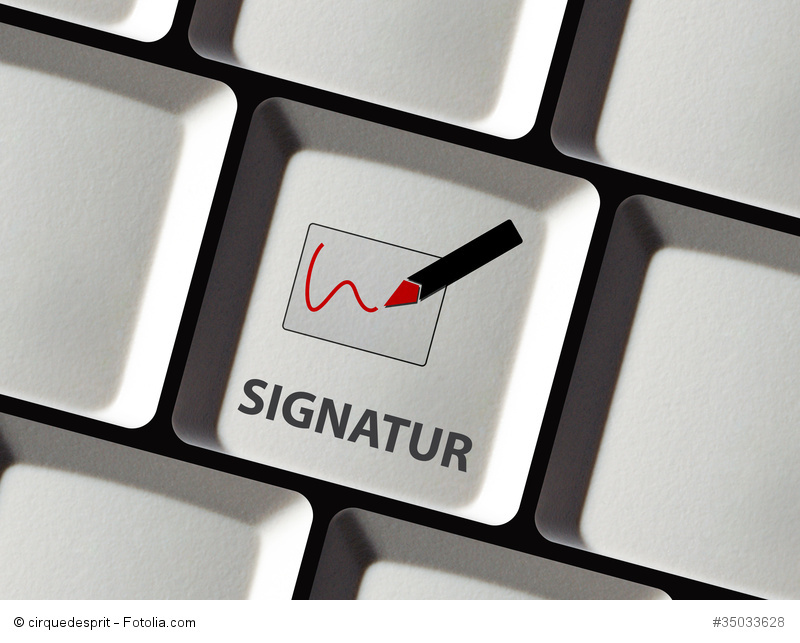Digital Signatures – Part 3
After Part 1 (Basics and Legal) and Part 2 (Technical Background) of our articles about digital signatures we want to illustrate the use with webPDF with this third and last part.
How does the function in the webPDF portal work?
With webPDF, all employees on all end devices can convert any document and then digitally sign PDFs. Various signature levels are available for this purpose. Signatures, certificates and time stamps are required for the implementation of long-term archiving. You can give legal validity to an electronic signature with the corresponding certificates. Time stamps are the ideal way to round off the archiving process.
All the facts:
- With webPDF you can use all important functions for digital signature and certification of PDF documents.
- Local and smartcard-based certificate stores supported
- You can sign your PDF documents centrally server-supported
- Time-critical documents can be provided with time stamps
How do you apply digital signatures with webPDF? Video tutorial
After downloading a document, you can specify the location where the signature should be applied. Click the feather icon to open the Add signature selection dialog. Here you have the following options: Certificates, appearance (use file), opacity, position and certification level. In addition, you can enter personal data, organizational data or local data. Now you can digitally sign your document.

When you click Execute, the PDF document is digitally signed. No new document is created, but the existing document is modified. The Digital Signature service is only used for a PDF document, not for external formats.
Background knowledge for developers – Webservice Signature
The digital signing function is based on the Signature Webservice. Here you can find our technical coding example Signature insert as blog article:
Additionally we would like to refer to our category webPDF Webservices, in which we gradually publish concrete coding examples for the use with the webPDF wsclient library for all web services.
What are digital signatures used for?
You can use the Sign function to digitally sign, electronically sign or certify PDF documents. The signature confirms the authenticity of the PDF and protects against manipulation. Advanced electronic signatures are important, for example for electronic invoices or revision-proof archiving. If you want to sign your documents digitally, you can use the Digital Signature service. An asymmetrical crypto procedure is used for this purpose. This ensures that your documents can be identified flawlessly. The authenticity of the PDF can thus be confirmed. Furthermore, the documents are protected against changes by a certificate. With webPDF you can use the certificates of an official Certificate Authority (CA).
More details can be found here:
https://www.bsi.bund.de/EN/Topics/Certification/certified_products/certified_products_node.html

